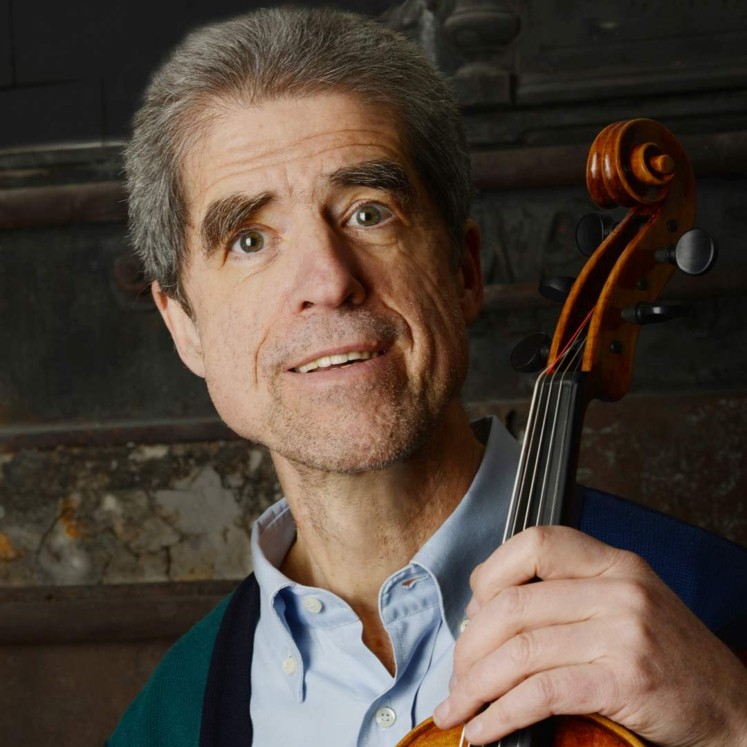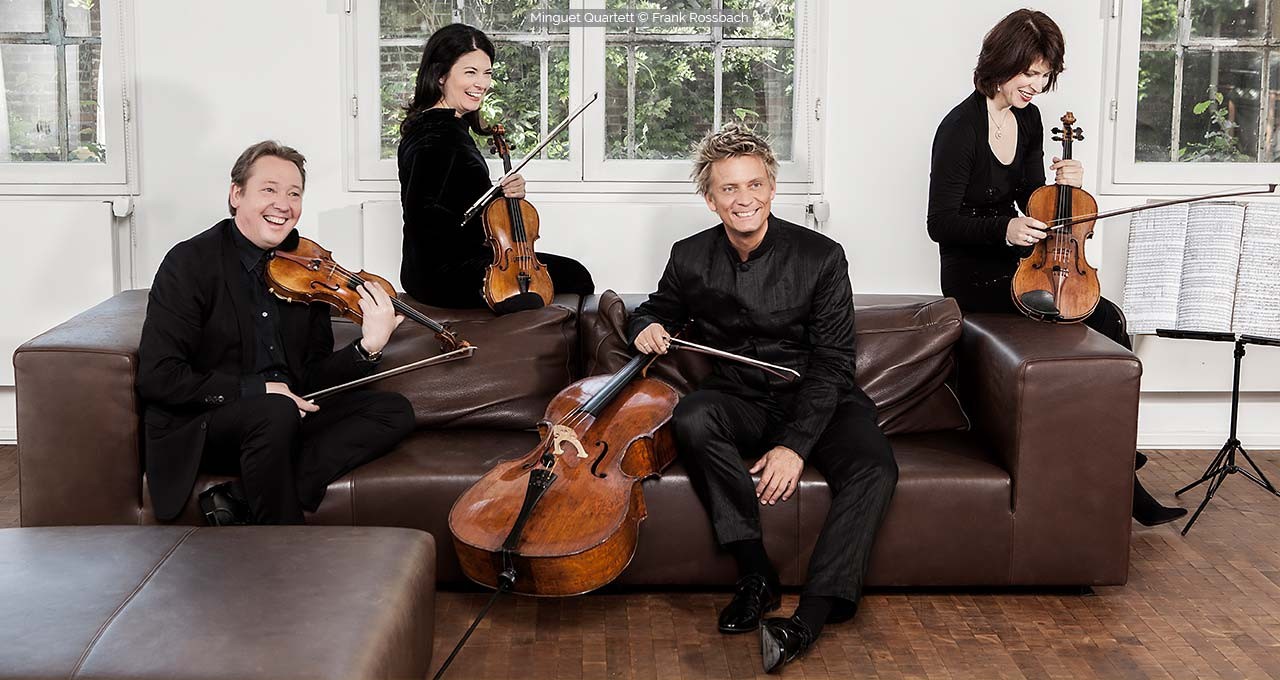
As in the case of his 1st Symphony, with which he struggled - with interruptions - for around 14 years, Brahms was involved with the genre of the string quintet for a very long time before he could present a work he felt worthy of him; 20 years elapsed between his first attempts and the completion of the composition. While in the case of the symphony it was a matter of stepping out of the shadow of the mighty Beethoven, with the string quintet it was above all the shadow of Mozart's G minor quintet, a work which Brahms reverentially admired.
All the more self-assured was his bold formal decision to fuse together the slow movement and the scherzo into a single central movement. Brahms' quintet shares with Bruckner's only contribution to the genre – without question the high point of his small collection of chamber works – not only the key of F major but also the tradition, inherited from Mozart, of using a second viola instead of the later innovation of a second cello, introduced by Schubert. The Intermezzo was composed at the instigation of the violinist Josef Hellmesberger senior, who had commissioned the quintet, and was originally conceived as a replacement for the Scherzo, which he had turned down as unplayable.
Johannes Brahms (1833–1897)
String Quintet No. 1 in F major, Op. 88 (1882)
Anton Bruckner (1824–1896)
Intermezzo in D minor for String Quintet, WAB 113 (1879)
– Interval –
Anton Bruckner
String Quintet in F major, WAB 112 (1878–79)
Gérard Caussé | Viola
Minguet Quartett
Ulrich Isfort | Violin
Annette Reisinger | Violin
Tony Nys | Viola
Matthias Diener | Violoncello
